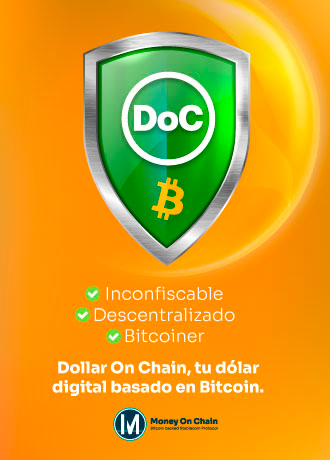Llegó la clase 07 del curso DeFi donde abordaremos un tema esencial luego haber realizado un recorrido por la medula del ecosistema de las finanzas descentralizadas recorriendo inicialmente conceptos básicos y fundamentales de las criptomonedas, hasta llegar a aspectos más avanzados.
En el recorrido hemos podido ver cómo elegir una blockchain según nuestras necesidades, exploramos a fondo las finanzas descentralizadas, luego abordamos el tema de liquidity pools y farming, hasta llegar al borrow y lending (prestamos) gracias a DeFi. Ahora es el turno de ver un tema un poco más sencillo; pero totalmente necesario para entrar y salir del ecosistema cripto como lo son las operaciones P2P.
En este séptima clase aprenderás:
- TRADING (Trade: Comprar & Vender)
- Exchange
- CeFi
- Binance
- Localbitcoins







Discussion about this post